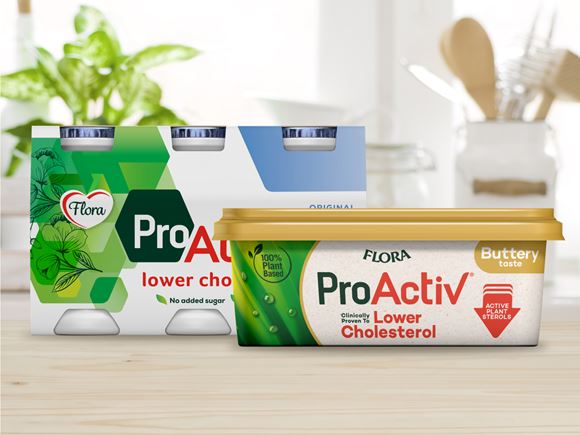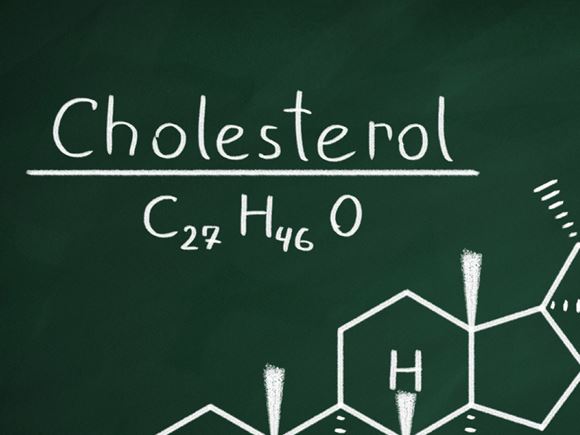The ideal diet for heart health is low in saturated fat*, trans fat, and salt. It is rich in fruit and vegetables, whole grains, fish and nuts, with sources of omega 3 and 6 (such as vegetable oils and soft margarine).
Discover simple swaps to help keep your patient’s heart healthyIf you want to educate your patients on a heart-healthy diet, the key principles to advise are: 50
- Intake of saturated fat should be <10% of total fat intake (preferably in lean meat and low-fat dairy products)
- Replace saturated fat with polyunsaturated fat where possible
- Consume five portions per day of fruit and vegetables
- Consume at least two servings of fish (preferably oily) per week
- Consider regular consumption of whole grains and nuts
- Keep salt consumption <6 g/day
- Limit alcohol intake to <21 units per week for men and <14 units per week for women
- Avoid/reduce consumption of: processed meats; refined carbohydrates; sugar-sweetened beverages; and calorie-rich, but nutritionally poor, snacks.
Eating foods with added plant sterols, like Flora ProActiv, could also be considered.
How do we encourage patients to maintain a healthy diet and lifestyle?
People often have difficulty maintaining diet and lifestyle changes and motivating patients to continue with cholesterol lowering interventions can be challenging. Diet and lifestyle modifications can be effective ways to reduce elevated blood cholesterol levels. It is important, however, that patients understand the need for long-term changes to have a continuous effect on heart health.
Flora ProActiv is a simple dietary change for individuals, as it’s easy to incorporate into the diet, easy to maintain, and effective in reducing LDL-cholesterol. It can therefore be a great motivator as part of the adoption of a more heart-healthy diet.
As a starting point for conversations about lifestyle changes, you may wish to point your patients to the Flora ProActiv website. There are lots of real-life stories, healthy recipes, tips and more. You can also help your patients to begin on their cholesterol-lowering journey by downloading our cholesterol-lowering starter kit.
Foods containing plant sterols
How does Flora ProActiv compare to other cholesterol-lowering foods?
Plant sterols naturally occur in the diet in small amounts in regular plant-based foods (such as vegetable oils, nuts and seeds), however, it is not possible to consume the recommended amount of 2.4g per day for cholesterol lowering, as the average daily intake of plant sterols from these foods is around 0.3g per day.35,51 Your patients may, therefore, need help in finding sources of plant sterols that provide the recommended daily amount, alongside a healthy diet.
Find out more about Flora ProActiv’s range of cholesterol-lowering products here



